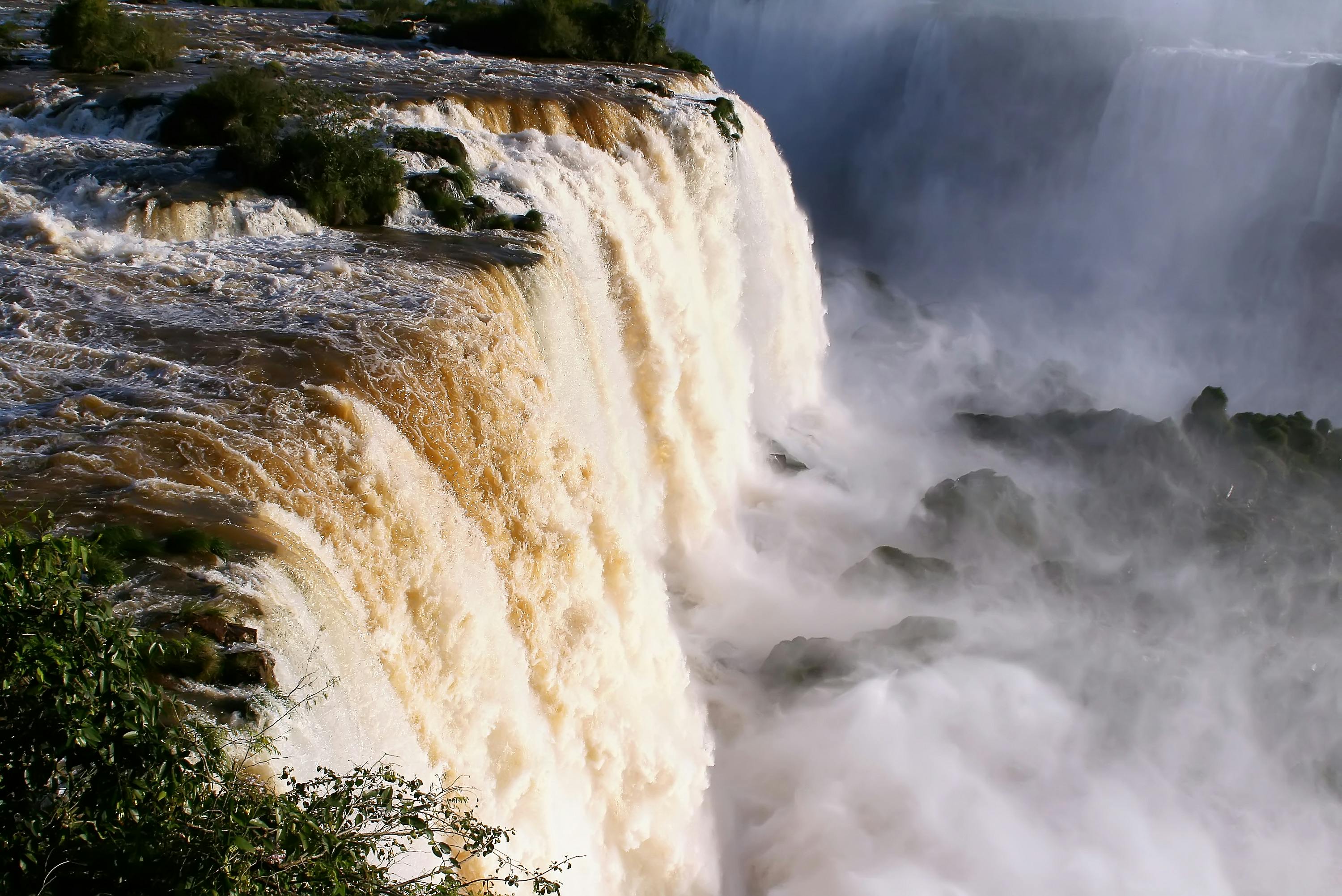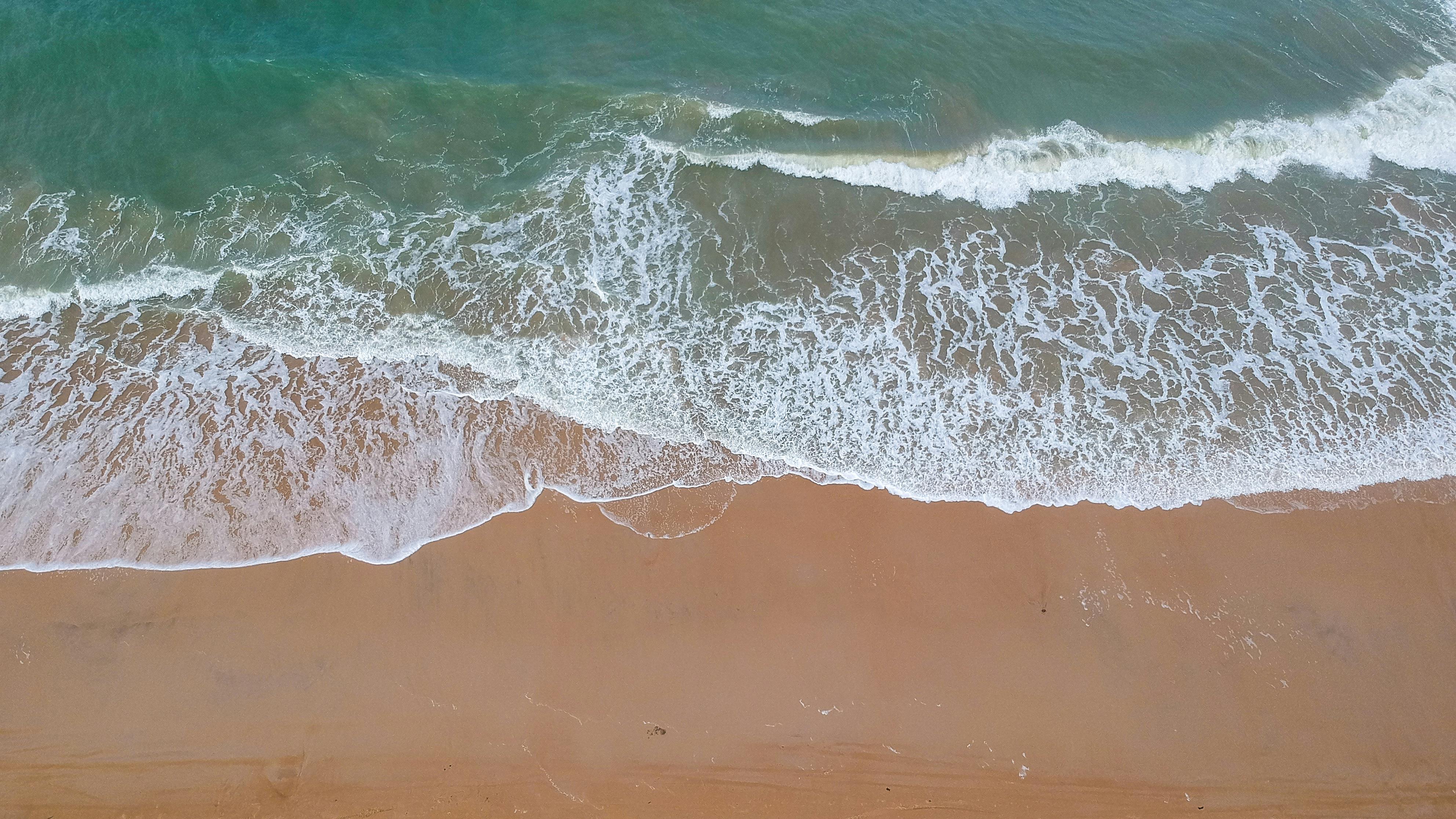Making your own distilled water is a relatively easy process. It requires only a few simple items and can be done in the comfort of your own home. Distilled water has numerous uses, ranging from drinking to cleaning electronics and more. The process of distilling water involves boiling it until it turns into steam, then collecting the steam, cooling it back down to liquid form, and finally collecting the liquid in a clean container. This guide will provide step-by-step instructions on how to make your own distilled water at home.Distilled water is water that has been purified through a process of distillation. This involves boiling the water, condensing the steam, and collecting the resulting purified water. Distilled water is free of minerals, salts, and other impurities, making it ideal for drinking and many other uses.
What Is the Process of Distillation?
Distillation is a process used to separate components of a liquid mixture based on their different boiling points. It is one of the most common methods for separating mixtures and purifying liquids. During distillation, a liquid mixture is heated to its boiling point, and the vapor created is condensed and collected in a separate container. The different components of the mixture will have different boiling points, and so they will separate as they are boiled off at different temperatures. This process can be used to purify liquids or create essential oils from plants, among other applications.
When performing distillation, it is important to use tools that can accurately measure temperature changes so that the correct boiling points can be determined and the desired components collected in the condenser. A simple distillation setup usually consists of a heating source, such as a Bunsen burner or electric hot plate, a flask for containing the liquid mixture, an overhead condenser for collecting the vaporized components, and a thermometer for measuring temperature changes. To begin distillation, heat is applied to the liquid mixture in order to boil off its components at their respective boiling points. As vapor forms from the heated mixture, it rises up through the condenser where it is cooled and condensed back into liquid form which can be collected in a separate container.
Distillation can also be used as part of other processes such as fractional distillation which involves using fractional columns to further separate mixtures into their component parts based on differences in their boiling points. Fractional distillation may also be used in conjunction with other techniques such as chromatography or filtration to further purify or concentrate liquids or compounds contained within them.
Overall, distillation is an important process used in many industries today including food production, pharmaceuticals, chemical manufacturing and more for separating mixtures and purifying liquids. With proper equipment and technique it can be used effectively for many applications involving separation and concentration of liquids and compounds.
Why Make Your Own Distilled Water?
Distilled water is often the purest form of water available, making it a popular choice for drinking and cooking. Distillation is the process of boiling water into steam and then collecting the steam back into liquid form. This process removes impurities and contaminants, leaving behind only pure, clean water. Most store-bought bottled water is also distilled, but making your own at home can be a more economical and efficient option. Here are some of the benefits of making your own distilled water:
Cost Savings
Distilled water can be expensive to buy in stores, but by making your own you can save money on the cost of purchasing it from a store. With some basic equipment and supplies you can easily distill your own water at home, allowing you to enjoy the same level of purity without breaking the bank.
No Chemicals or Contaminants
By distilling your own water you can be sure that you are drinking pure, uncontaminated liquid. Since store-bought bottled waters may contain trace amounts of chemicals or contaminants, making your own at home will ensure that you are getting only clean and healthy water.
Convenience
Making your own distilled water is also convenient because it eliminates the need to purchase bottled waters from stores or have them delivered to your home. You will have an unlimited supply of fresh distilled water whenever you need it and can make it in batches according to how much you need.
Overall, there are many benefits to making your own distilled water at home. If you are looking for an economical and efficient way to get access to pure drinking water, then distilling your own could be a great option.
Materials Needed to Make Distilled Water
Distilled water is water that has been purified through a process known as distillation. This process involves boiling the water and condensing the steam into a separate clean container. To make distilled water, you will need some basic materials such as a heat source, a cooking pot, and a condenser.
The heat source can be anything from a stovetop to an open fire. The cooking pot should be large enough to contain the amount of water you want to distill. You will also need something to collect the condensed steam in such as an empty container or a jar with a lid.
In addition to these materials, it is important to have some type of filter or screen that can be used to remove any impurities from the water before it is distilled. This can be done by using cheesecloth or other types of filters that are designed specifically for this purpose.
Once all of these materials have been gathered, you are ready to begin making your own distilled water! The process is fairly simple and just requires patience and attention to detail in order to ensure that the end product is pure and free from contaminants.
How to Set Up a Home Distillation Unit
Distillation is a process of separating components in a liquid based on their different boiling points. It is a common technique used to produce alcoholic beverages such as whiskey and vodka. Setting up a home distillation unit can be an exciting project for anyone interested in the art of distilling spirits. Here are some steps to help you set up your own home distillation unit.
First, you will need to purchase all of the necessary equipment and supplies. This includes a pot still, fermentation tank, thermometer, hydrometer, pump, carboy, and other tools and materials depending on what type of spirit you plan on distilling. You may also want to purchase some books on distillation or consult an expert if you are unfamiliar with the process.
Once you have all of the necessary equipment and supplies gathered together, it is time to build your still. There are several designs available online that will help guide you through this process. Once your still is built and ready to go, it is important to thoroughly clean and sanitize it before use. This will help ensure that no bacteria or other contaminants enter your spirit during the distillation process.
The next step in setting up your home distillation unit is to prepare your fermenting solution. This solution should contain the grains or fruits that will be used as the base for your spirit as well as any additives such as yeast that may be needed for fermentation. The fermenting solution should then be added to the fermentation tank where it can be monitored with a thermometer and hydrometer throughout the fermentation process.
Once fermentation has completed, it is time to move onto the actual distillation process which involves heating the fermented liquid over an open flame while collecting condensation in a separate container known as a carboy or reflux column. To ensure that only pure alcohol vaporizes during this step, it is important to monitor temperature closely with the thermometer and adjust heat accordingly throughout this process until desired proof has been achieved in the collected liquid.
Once all of these steps have been completed successfully, it is time for bottling and aging of your distilled spirit according to personal preference. With patience and dedication, anyone can learn how to setup their own home distillation unit!

Preparing the Water for Distillation
Distillation is the process of separating liquids from solids by heating them to a vapor state and then condensing them back into a liquid form. For this process to be effective, it is important to prepare the water for distillation by removing any impurities or contaminants. This can be done through a variety of methods, such as filtration, boiling, or chemical treatment. Filtration is the most common method used to remove particles from the water before distilling. A filter can be placed in line with the distillation system to remove any large particles before they reach the still. Boiling is also an effective way to remove impurities from water as it causes microscopic bubbles to form which trap particles as they are heated and then released when cooled. Chemical treatment can also be used in some cases but should only be used if all other methods fail. Chemical treatment involves adding certain chemicals such as chlorine or ozone to water which will then bond with contaminants and render them harmless. Once all impurities have been removed, it’s important to make sure that no further contamination occurs during the distillation process by using properly sanitized stills and equipment.
How to Boil the Water for Distillation
Distillation is a process used to purify water by removing impurities. In order to successfully distill water, it must first be boiled. Boiling water helps to eliminate bacteria, sediment, and other contaminants that can be found in untreated water sources. To properly boil the water for distillation, heat it in a pot or other container until it reaches a rolling boil. A rolling boil is when bubbles can be seen rapidly forming and breaking on the surface of the water. Once this point has been reached, turn off the heat and let the water cool down before pouring it into your distillation container.
Boiling water not only helps purify it but also helps concentrate dissolved solids in the liquid. This means that boiling will make your distilled product more concentrated than if you did not boil it first. When boiling, try to use as little heat as possible so as not to vaporize too much of your liquid and make your product weaker than desired. Depending on the size of your distillation setup, you may need to boil multiple batches of water in order to have enough for your distillation process.
Once you have boiled enough water for distillation, let it cool down before pouring into your setup. It is important that you do not pour hot or even warm water into your distillation apparatus as this could damage any delicate components or cause unwanted reactions with certain chemicals that are involved in the process.
Distilling can be an effective way to purify drinking water, but only if done correctly. Following proper protocol when boiling the water is an important part of this process and will help ensure that you get a high quality end product from your distilling efforts.
Collecting and Storing the Distilled Water
Distilled water is a vital resource in many industries, including medical, automotive and industrial manufacturing. Using a distiller to collect and store distilled water is a convenient way to ensure you always have clean, pure water on hand. The process of collecting and storing distilled water begins with the distillation process itself. A distiller works by boiling the water until it vaporizes, then collecting the resulting steam, which is composed of pure H2O molecules. This vaporized steam is then condensed into liquid form and collected in a storage container.
Once the distilled water has been collected, it should be stored in an airtight container that is made from food-grade materials and labeled clearly as “distilled” or “purified” water. It is important to keep this container sealed tightly when not in use to prevent contamination from airborne particles or other contaminants that can be present in regular tap water. It is also important to ensure that the container is stored away from direct sunlight, as this can cause degradation of any minerals that may still be present in the distilled liquid.
When storing distilled water for long periods of time, it should be replaced every two weeks to maintain its purity. Additionally, if you are using distilled water for medical purposes (such as filling an oxygen tank), it should only be used once before being discarded. If you are using distilled water for any other purpose (such as cleaning), it should be discarded after each use to avoid contamination.
By following these tips for collecting and storing distilled water, you can ensure that your supply of clean, pure H2O remains uncontaminated and available whenever you need it.

Conclusion
Making your own distilled water is a simple process that requires few materials and does not take much time. It is important to remember to use clean containers for collection, because any contaminants in the container could be carried through to the distilled water. Once distilled, the water can be used for many purposes such as drinking, aquariums and steam irons. It is also useful for scientific experiments and other applications where highly purified water is necessary.
When making your own distilled water, always keep safety in mind and take precautionary measures such as wearing gloves when handling hot containers. This will help ensure you make clean, safe distilled water every time.

